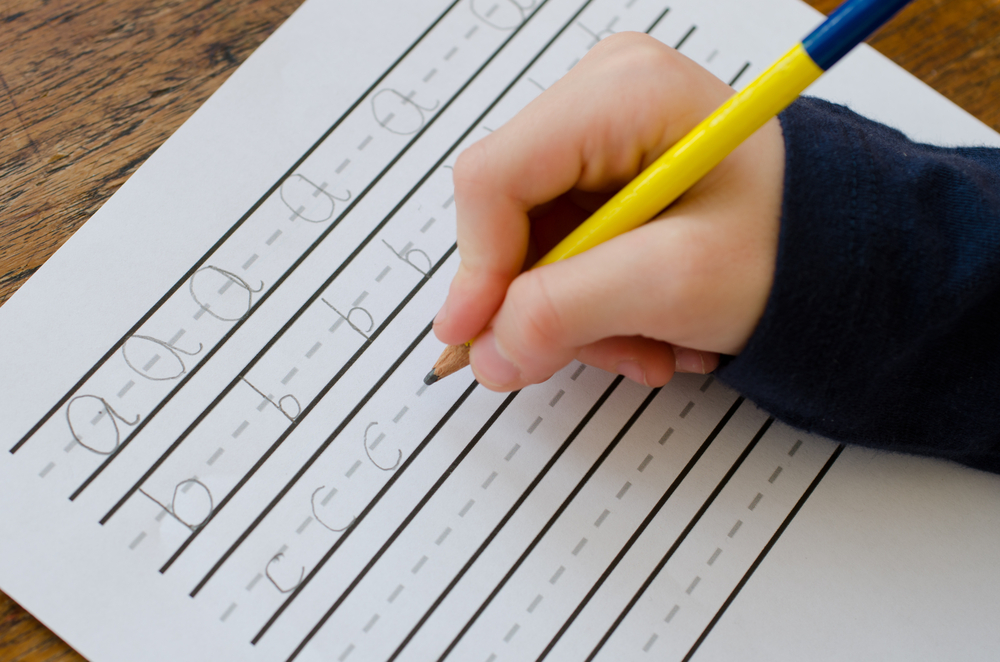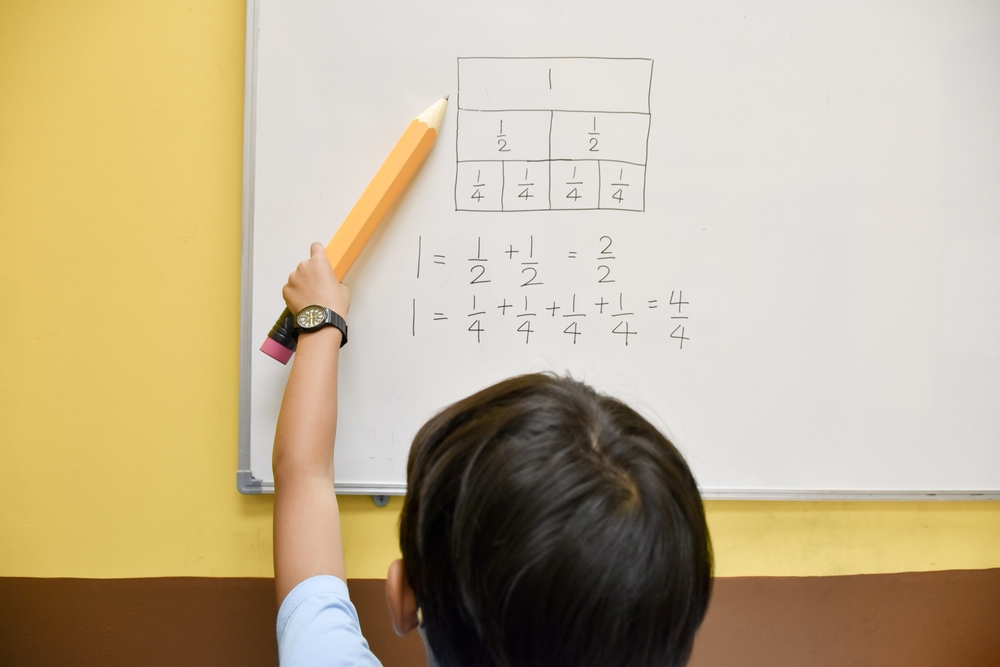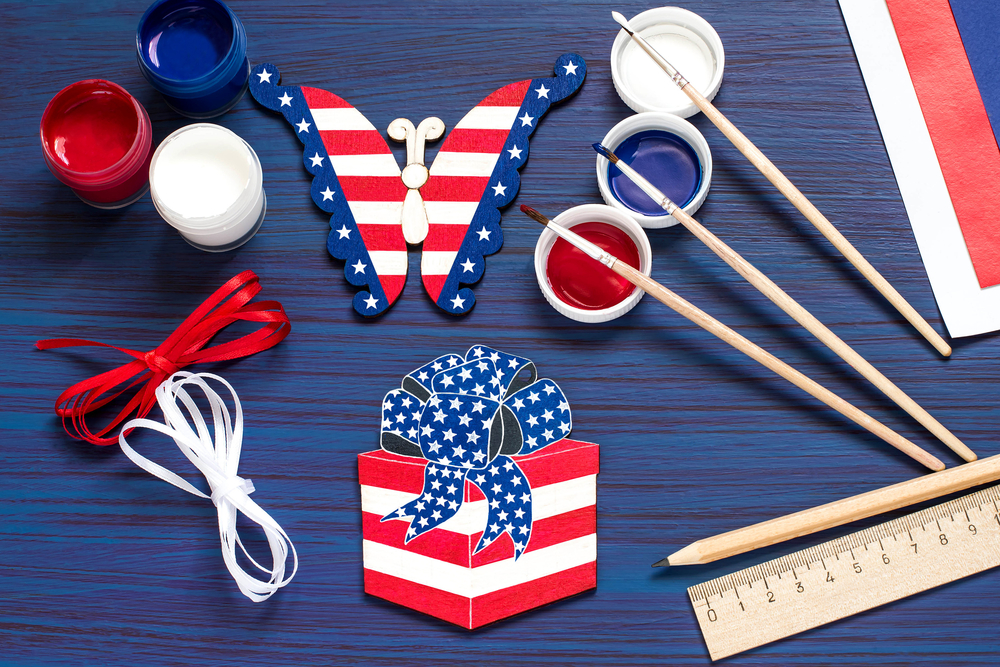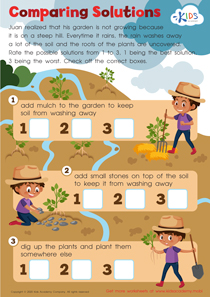Letter formation Worksheets for 3-Year-Olds
8 filtered results
-
From - To
Unlock the world of writing with our tailored "Letter Formation Worksheets for 3-Year-Olds." Designed to captivate young learners, these printable resources on Kids Academy offer an engaging introduction to letter formation. Bright, fun illustrations paired with simple, guided exercises ensure that your child develops essential early literacy skills, from recognizing letters to mastering the correct way to write them. Perfect for both at-home learning and preschool classrooms, these worksheets provide a solid foundation for handwriting success. Encourage confidence and creativity in your preschooler through purposeful practice and watch as their literacy skills soar.
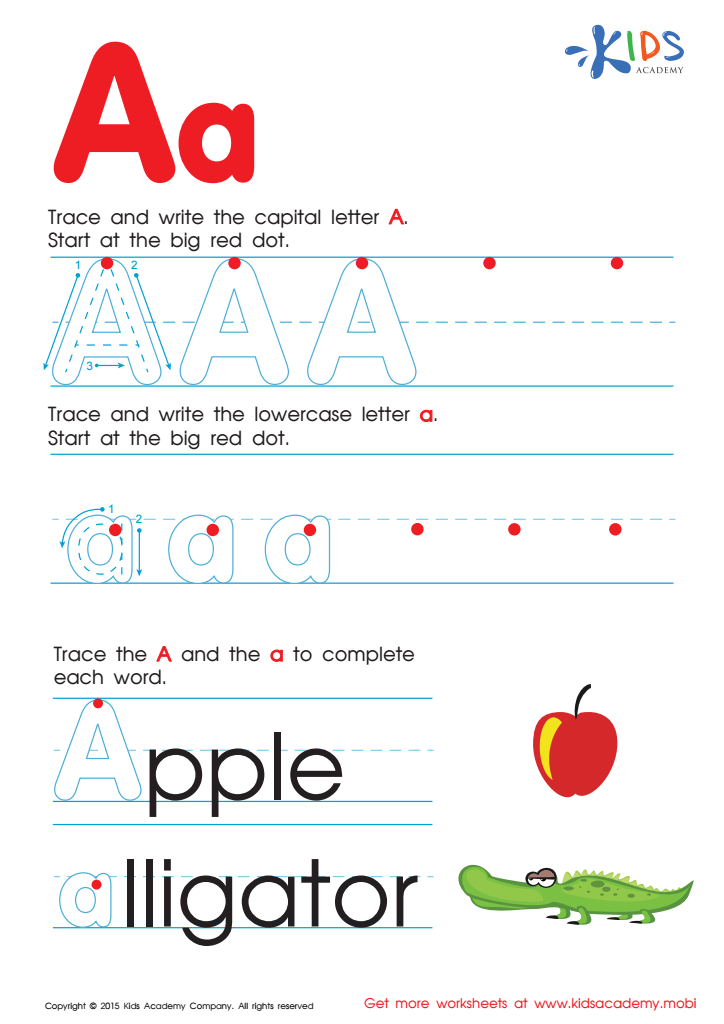

Letter A Tracing Page
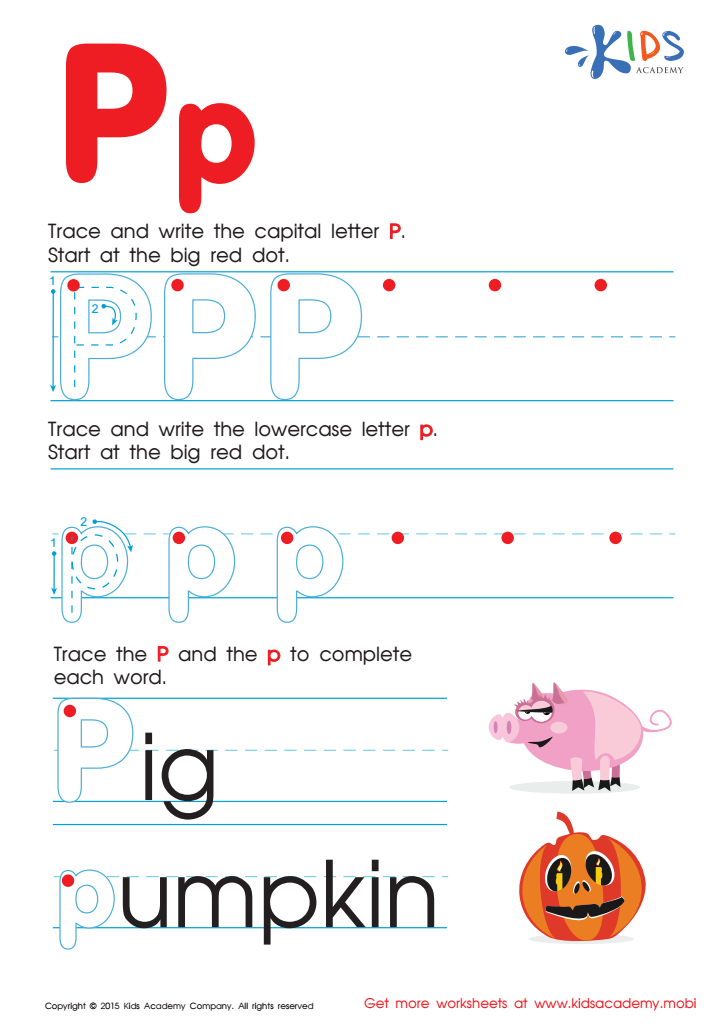

Letter P Tracing Page
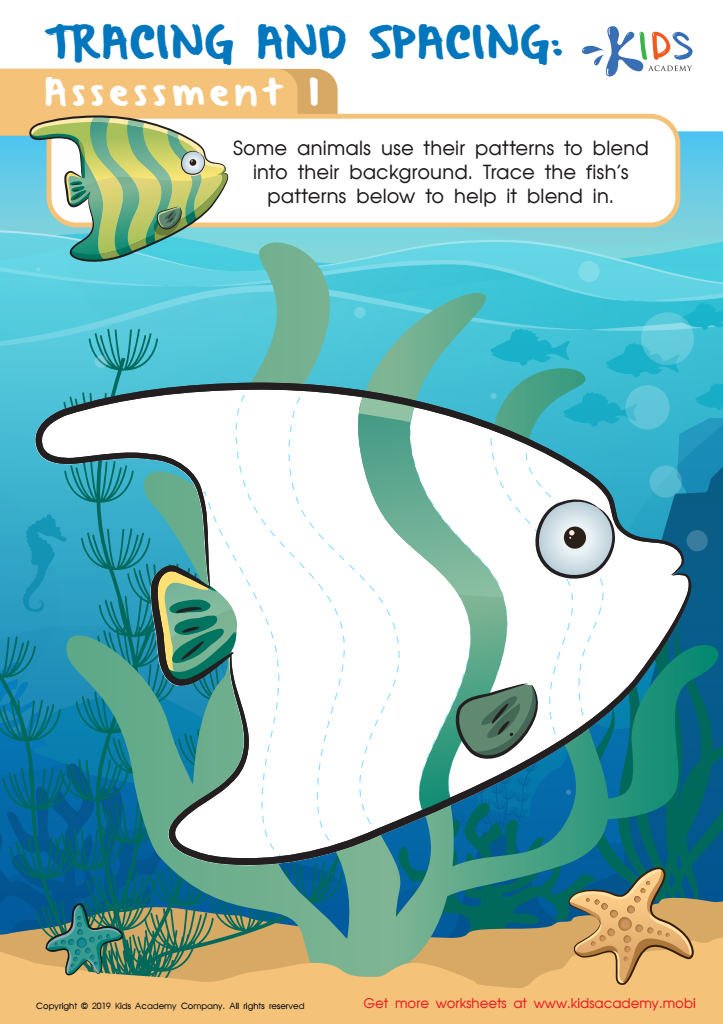

Tracing and Spacing: Assessment 1 Worksheet
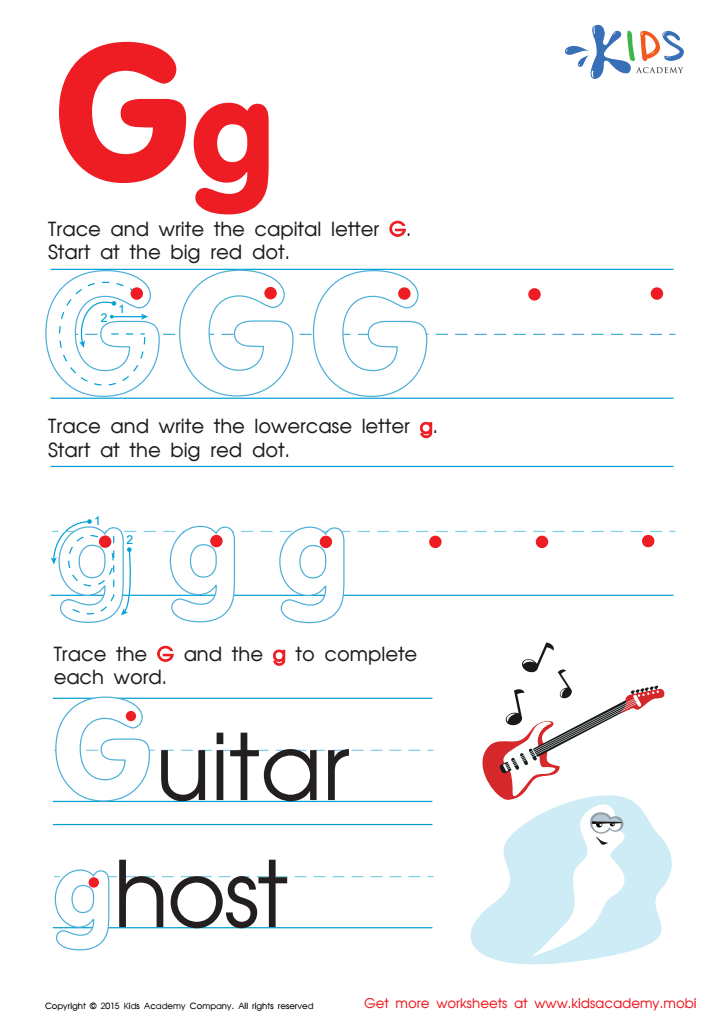

Letter G Tracing Page
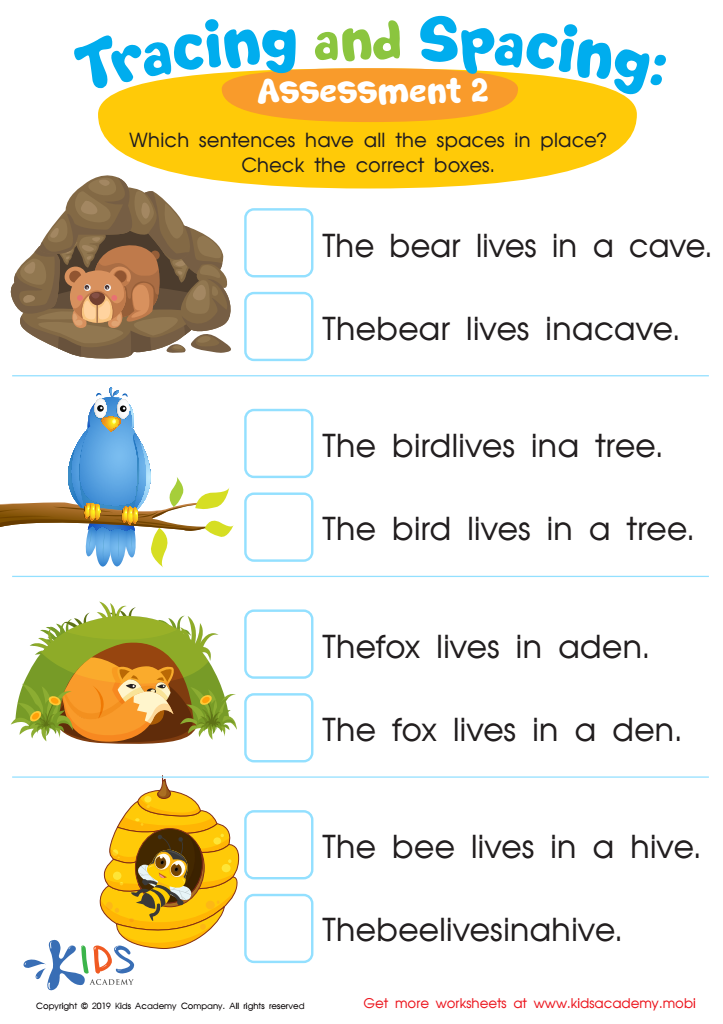

Tracing and Spacing: Assessment 2 Worksheet
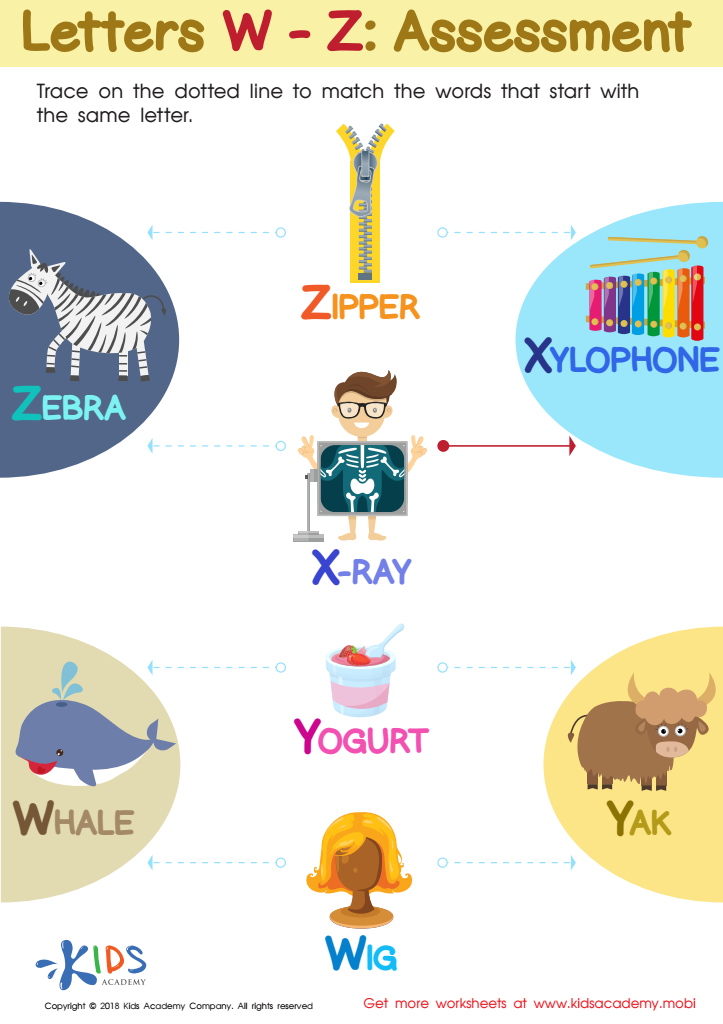

Letters W–Z Tracing Worksheet
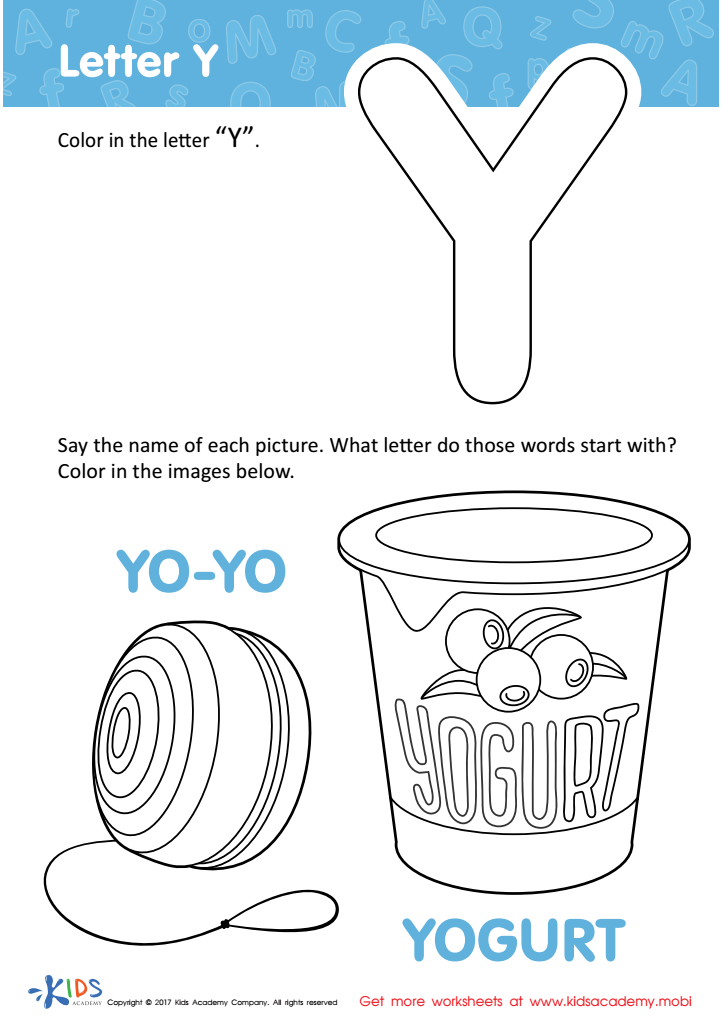

Letter Y Coloring Sheet
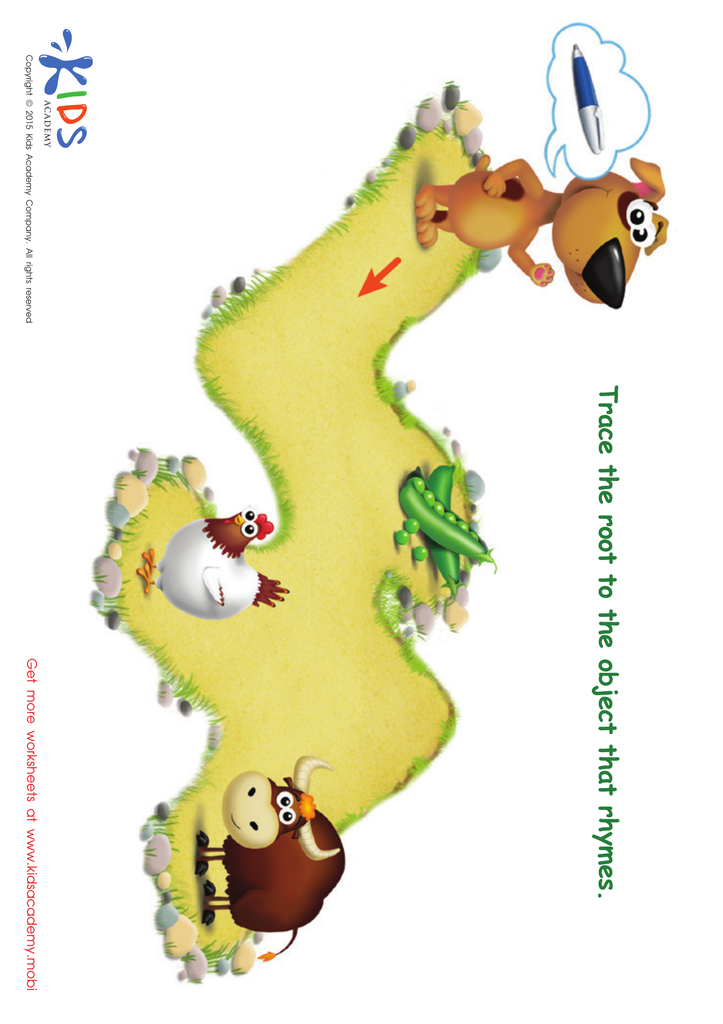

Pen Rhyming Words Worksheet
Parents and teachers should prioritize letter formation for 3-year-olds because it lays the foundation for essential literacy skills and cognitive development. At this early age, children are like sponges, absorbing new information and skills rapidly. By teaching proper letter formation, you help them build fine motor skills, such as hand-eye coordination and finger strength, which are crucial for writing and other activities.
Proper letter formation also assists in developing their understanding of the alphabetic principle—knowing that letters are symbols that represent sounds in words. This understanding is key to later reading success. When children learn to correctly form letters, it boosts their confidence and encourages a positive attitude toward learning and school in general.
Moreover, learning correct letter formation early helps prevent future problems, such as slow writing speed or illegible handwriting, which can affect academic performance. By instilling these skills right from the start, you provide children with the tools they need to express their ideas and thoughts clearly and efficiently.
In summary, investing time and effort into teaching 3-year-olds proper letter formation enhances their fine motor skills, fosters early literacy, boosts confidence, and sets a positive trajectory for their future educational success.
 Assign to My Students
Assign to My Students





